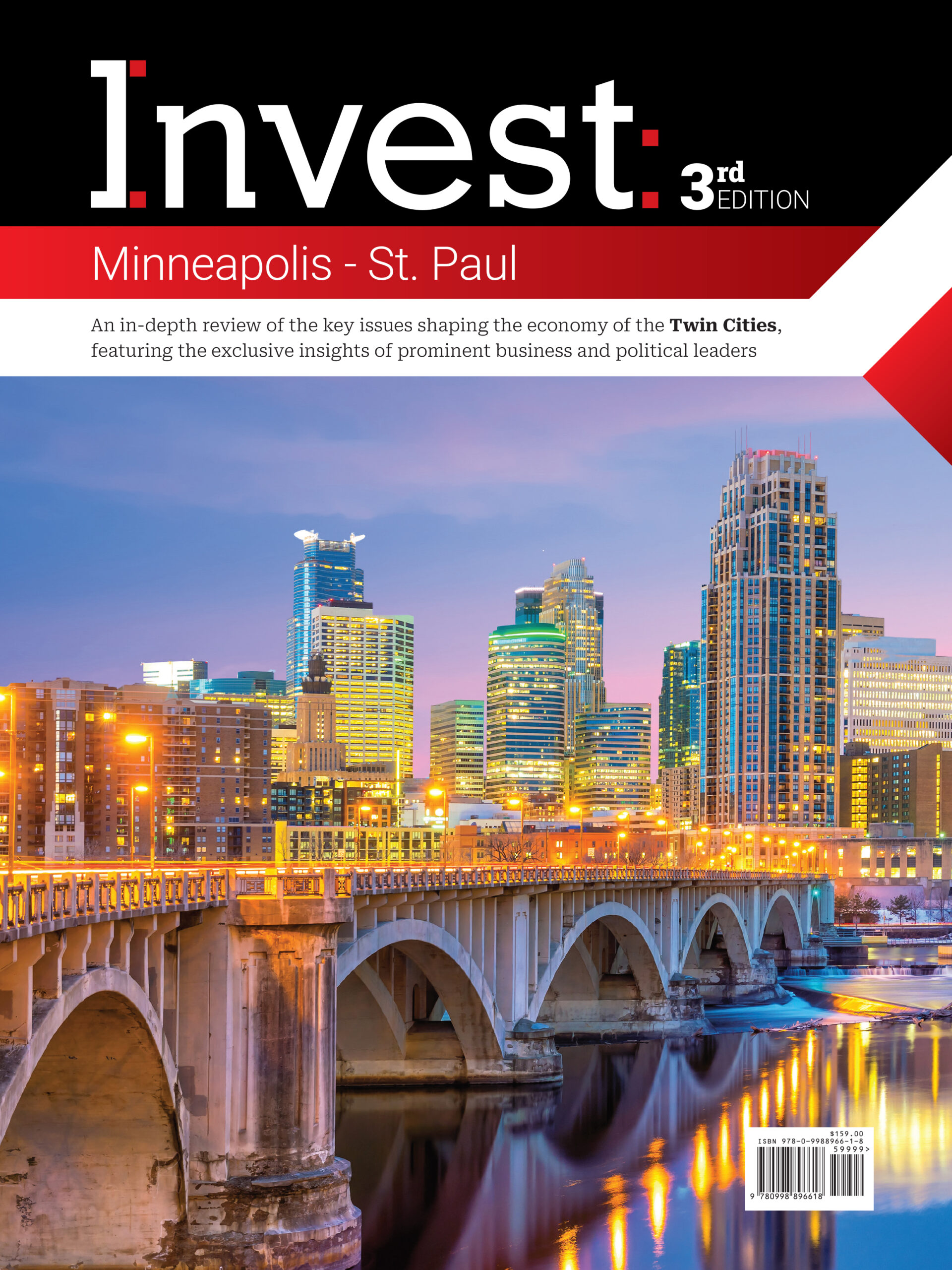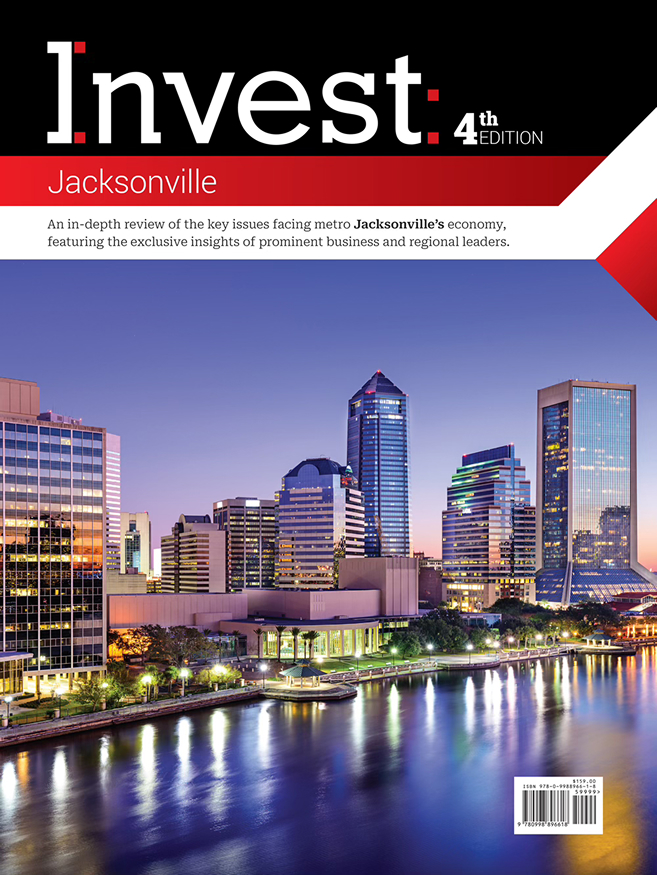Mike O´Sullivan, CEO, One SouthCoast Chamber
In an interview with Invest:, Mike O’Sullivan, CEO of One SouthCoast Chamber, outlined strategic developments and forward-looking initiatives in the South Coast region. He highlighted the burgeoning offshore wind energy sector, anchored by Vineyard Wind, which is catalyzing job creation and interstate collaboration. O’Sullivan underscored the chamber’s advocacy and educational roles, focusing on initiatives like the National Offshore Wind Institute to address workforce development.
What are some of the major economic developments in the South Coast region?
A key development in the South Coast region is the growth of offshore wind energy, particularly with the commencement of electricity delivery by offshore wind farms this year. New Bedford has emerged as a central hub for Vineyard Wind, significantly transforming the area. This industry is creating numerous jobs and engaging in effective collaborations through the New Bedford Ocean Cluster and other organizations to enhance the supply chain impact. Just recently, we saw a significant step with the submission of RFPs, not only in Massachusetts but also in Connecticut and Rhode Island. These proposals often include inter-state collaborations, marking an innovative approach to handling such projects.
What makes the South Coast region particularly attractive for businesses and individuals considering relocation?
The region’s appeal largely stems from its quality of life and scenic beauty, offering a waterfront lifestyle across various bays and the Atlantic Ocean, without the high living costs associated with proximity to Boston. Additionally, the imminent launch of the South Coast Rail will further enhance connectivity to New Bedford and Fall River, the region’s major cities, making it an even more desirable location.
Which sectors do you see having the most growth potential in the South Coast region?
The offshore wind sector epitomizes the region’s growth potential, attracting companies specializing in unique areas such as undersea cabling, essential for transporting electricity.
Traditional energy companies, alongside newcomers, are investing in infrastructure, crucial for integrating renewable energy into the existing grid. Last week’s proposals from various companies highlighted the emphasis on enhancing grid capacity to support this transition. The offshore wind industry is characterized by a collaborative ethos, a departure from the more competitive nature typically seen in the U.S., reflecting its European origins.
How do you ensure your initiatives cater to the diverse needs of your members?
Our region is diverse, encompassing communities with a combined population of about 450,000, with New Bedford and Fall River alone accounting for nearly half of that. These cities are notably diverse, and we’re committed to addressing their specific needs. While we believe we’re making progress, there’s always room for improvement. We’re dedicated to ongoing efforts to better serve these communities, recognizing the importance of adapting our strategies to meet their varying needs.
How are you supporting businesses in the region to address workforce development?
A standout initiative is the National Offshore Wind Institute (NOWI), created by Bristol County Community College. It’s a pioneering effort in offshore wind training in the United States, featuring comprehensive programs that simulate real-world challenges, including the use of helicopters. This program is unique not only for its approach but also because it’s the first of its kind in the country, as far as I’m aware. Bristol Community College has taken a leadership role in this sector, working closely with European counterparts to ensure the training is both practical and compliant with U.S. standards.
How are you growing your membership and keeping members actively engaged?
Our efforts are largely concentrated in areas like government affairs and public policy. Our aim is to champion the cause of our smaller members, ensuring their voices are heard and represented effectively. This involves a collaborative approach, particularly through our Government Affairs Committee, to understand and address the topics our members feel strongly about. Our strategic planning sessions last year highlighted a desire from our members for us to amplify our advocacy efforts, which we’ve taken seriously. We’ve also undergone significant organizational changes, transitioning from a co-CEO model and restructuring our staff in the latter half of last year. This has positioned us to start strong this year, with a particular focus on enhancing our government affairs initiatives and improving our marketing and social media presence. These improvements directly contribute to the value we offer all our members.
How is the chamber navigating the adoption of technological advancements?
We’re actively exploring how to best utilize artificial intelligence. AI presents numerous opportunities for enhancing our services and value proposition to members. However, its complexity requires a balanced approach to adoption. We’re cautious not to rush into it and risk potential missteps, but we’re also aware of the disadvantages of lagging in this rapidly advancing field. Our focus is on learning and implementing AI in ways that can significantly benefit our members and our operations.
We’re actively exploring how to incorporate AI and other technologies, especially for smaller businesses and nonprofits. Our collaboration with organizations like Seed, which provides small to mid-sized business loans and financing, is one way we’re supporting these efforts. We aim to facilitate connections and convene stakeholders to help integrate technology into their operations.
How have economic fluctuations and labor constraints affected the chamber and its members?
The rising cost of nearly everything is a universal challenge across all industries, significantly impacting our members. Additionally, staffing remains a major issue, although it has slightly improved from two years ago. Finding the right people for the right jobs continues to be a significant hurdle. Addressing childcare is crucial for enabling more parents, especially mothers, to rejoin the workforce, which would alleviate some of these challenges.
Tackling these issues is complex, but we’re making headway through our education committee and ongoing discussions with our legislative delegation, particularly regarding childcare and workforce reintegration. A notable initiative is Reconnect, which allows individuals over 25 with a high school diploma to attend community colleges for free. This program has led to a surge in enrollment at Bristol Community College, demonstrating its success in helping people restart their careers or pursue education for the first time. This collaborative effort between businesses, colleges, and legislators is creating effective solutions to our current challenges.
Could you share some of the chamber’s key community involvement initiatives?
It’s difficult to pinpoint just one or two standout moments as our team is always active across various areas. We strive to make a positive impact consistently, engaging in numerous initiatives. Among our activities, we distribute awards and host events where politicians can communicate developments and achievements directly to the community. Our involvement spans 19 communities, reflecting our commitment to being deeply integrated and supportive. A significant transition for us was moving from a co-CEO to a single CEO model, a change that required considerable effort to ensure it added value for our members, a goal we believe we’ve achieved.
What are the chamber’s priorities for the next two to three years?
The outlook for the South Coast is very positive. Initiatives like expanding the train service to the South Coast, and potentially further, are key developments that promise significant benefits. Post-COVID, we see numerous opportunities for growth and prosperity in the state. Our focus will remain on enhancing our government affairs and advocacy efforts, aiming to play a more impactful role regardless of the specific issues at hand. Additionally, understanding and leveraging AI for small businesses is critical. We plan to provide education and support to help them utilize these rapidly evolving tools effectively.













